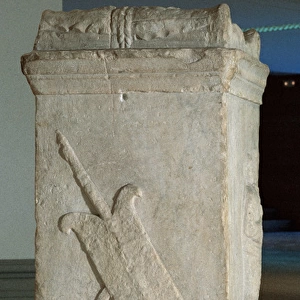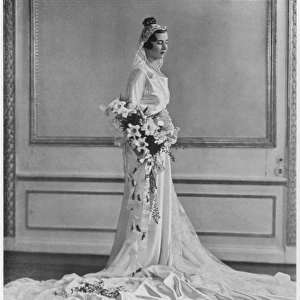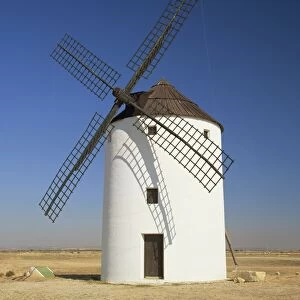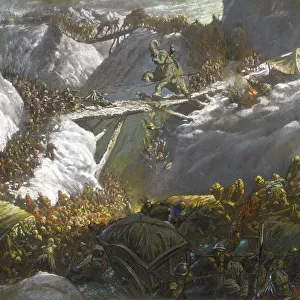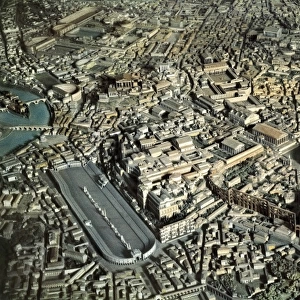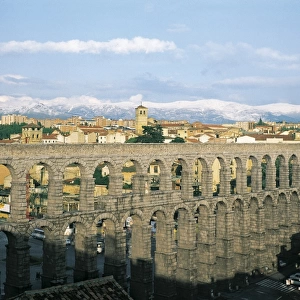Home > Historic > Ancient civilizations > Roman Empire > Roman art
Roman Art. Spain. Altar stone. Inscription: Caecilia Moscich
![]()

Wall Art and Photo Gifts from Mary Evans Picture Library
Roman Art. Spain. Altar stone. Inscription: Caecilia Moscich
Roman Art. Spain. Altar stone. Inscription: Caecilia Moscichies. C. 2nd century AD. National Museum of Roman Art. Merida. Spain
Mary Evans Picture Library makes available wonderful images created for people to enjoy over the centuries
Media ID 14327038
© Thaliastock / Mary Evans
Altar Antique Badajoz Caecilia Civilization Date Funerary Funeray Hispania Iberian Inscribed Inscription Merida Numbering Numbers Numerals Peninsula Romans Stele Tombstone
FEATURES IN THESE COLLECTIONS
> Europe
> Spain
> Related Images
> Historic
> Ancient civilizations
> Roman Empire
> Roman art
> Historic
> Ancient civilizations
> Roman Empire
> Historic
> Ancient civilizations
EDITORS COMMENTS
1. Title: "Caecilia Moscichies Altar Stone: A Glimpse into the Ancient Roman Civilization of Spain (2nd Century AD)" 2. Description: This evocative image showcases an intricately carved Roman altar stone, hailing from the ancient city of Merida in the Spanish province of Badajoz. Dated back to the 2nd century AD, this funerary monument holds a significant historical value, bearing the inscription "Caecilia Moscichies." The altar stone is currently housed in the National Museum of Roman Art in Merida, Spain. 3. Context: The Roman Empire's influence on the Iberian Peninsula, particularly in the region of Hispania, is profoundly evident through discoveries like this Caecilia Moscichies altar stone. This monument serves as a testament to the rich cultural exchange that took place between the Romans and the indigenous populations during the Roman occupation. 4. Details: The altar stone, made of stone, displays numerals and inscriptions, which were common in Roman funerary monuments. The inscription "Caecilia Moscichies" is believed to be the name of the deceased, with "Caecilia" being a common Roman family name and "Moscichies" possibly indicating an ethnic or tribal affiliation. The numerals, likely denoting the age or number of years of the deceased, add to the monument's historical significance. 5. Historical Significance: The Caecilia Moscichies altar stone provides valuable insights into the Roman civilization that once flourished in Spain. It underscores the integration of diverse cultures and the adoption of Roman customs, such as the use of Latin inscriptions and Roman-style funerary monuments, by the local population. This discovery contributes to our understanding of the complex history of the Roman Empire and its impact on Europe.
MADE IN AUSTRALIA
Safe Shipping with 30 Day Money Back Guarantee
FREE PERSONALISATION*
We are proud to offer a range of customisation features including Personalised Captions, Color Filters and Picture Zoom Tools
SECURE PAYMENTS
We happily accept a wide range of payment options so you can pay for the things you need in the way that is most convenient for you
* Options may vary by product and licensing agreement. Zoomed Pictures can be adjusted in the Cart.


